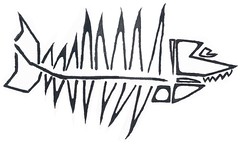
Reading a scholarly article can seem daunting at first. Scholarly articles are long and have a lot of data. If you break down the article into components, it will make it easier to read and understand.
For a quick overview, click on the link below to see an example of a scholarly article and its parts.
Need help with your literature review? Here are various tips and tools for beginners and pros.
Did you know there are free tools available to help you automatically format your bibliographies and organize all those articles, books and websites you find?
You probably already know that you should always cite your sources when you use a direct quotation.
But as an academic writer, who synthesizes ideas from lots of places into their work, you will also need to paraphrase and summarize ideas from others -- and it is just as important that you cite those sources!
Check out the following citation resources for tips on when to quote, summarize, or paraphrase.
For more help, consult OSU Libraries's guide to Academic Integrity.
Citation styles vary widely by journal. Check the journal's website to see if they provide citation instructions under a section typically called "instructions for authors." If you can't find this information on the website, use the references section of the journal article you want to model your references after as an example. Pay particular attention to the order they place the information in, whether or not they use italics or bold, how they abbreviate journal titles, and how they use punctuation.
example. Pay particular attention to the order they place the information in, whether or not they use italics or bold, how they abbreviate journal titles, and how they use punctuation.
Here are links to the citation guidelines for several journals used in Fisheries and Wildlife.
